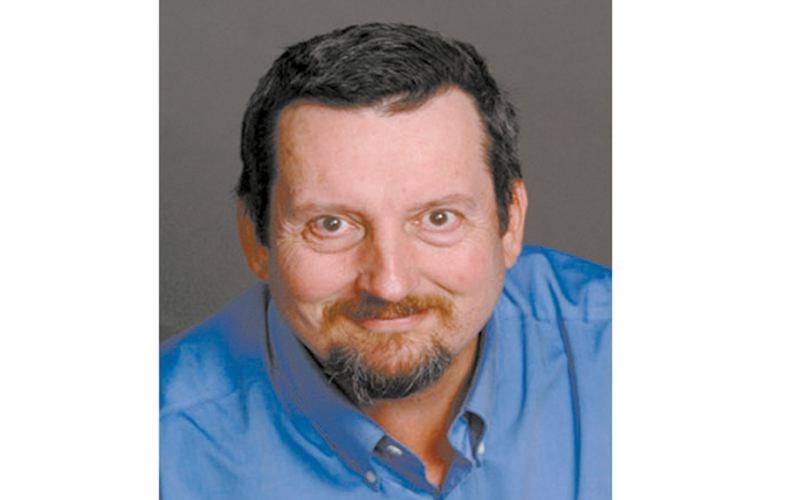Our hunter-gatherer ancestors required approximately 5,000 calories per day to live. A modern pre-industrial farmer utilizes around 26,000 calories per day. A 19th-century European used 77,000 calories per day on average.
Research says that you and I burn through more than 240,000 calories per day. Only a tiny fraction of that - less than 2,000 calories per day - is the food we eat. The remainder is the energy tied to our consumer culture.
Of that energy total, about 25 per cent, or one quarter, is electrical energy of which 10 per cent gets used for doing useful work while the other 15 per cent is wasted.
This might sound like one of my science columns but it is not. Rather, it is about our relationship with energy.
We consume energy like there is no tomorrow. We demand more and more. We live lifestyles with humongous energy demands.
Consider, for example, the ubiquitous smart phone. It is composed of a variety of metals and other chemical compounds. It contains copper, palladium, and gold. Its chips are made of silicon and arsenic. Its casing is extruded polymers.
The energy required to extract or synthesize all of these materials is quite significant. It requires over 10 MJ or 10,200,000 Joules just to extract enough gold to make one phone. In total, one cell phone requires somewhere in the neighbourhood of 22 MJ of energy to extract just the metals to make the components.
Researchers estimate that when all is said and done, it takes about one gigajoule or 278 kWh just to put a smart phone together. That is not counting the energy used while in operation or the energy that is consumed by the server farms at Google and Blackberry. The cloud is an energy expensive proposition.
Consider that most people now walk around with a smart phone - there are somewhere in the ballpark of three million in the province - and it quickly becomes apparent that there is a lot of embedded energy in the manufacture and use of these devices.
Which brings me to the focus of todays column - where are we going to get all of this energy?
The answer, according to the B.C. Liberals, is to finally implement Site C. I have lived much of my life in British Columbia and I cant recall a time when Site C was not somewhere on the political landscape.
To finally get around to building the dam and expanding BC Hydros capacity seems almost anti-climactic. Almost like the inevitable conclusion to a long running drama.
Is Site C a good idea?
That really depends on where you sit in the grand scheme of things. From an environmental point of view, and if you believe that climate change is a major concern, then getting electrical energy from a hydro-electric dam makes a lot of sense.
Even proponents of nuclear power plants will tell you hydro-electric is comparable when it comes to tonnes of carbon dioxide produced per GWh. Wind and hydroelectric come in at 26 tonnes/GWh which is close to the average of 29 tonnes/GWh for nuclear.
These numbers are dwarfed by the 888 tonnes/GWh for coal or the 499 tonnes/GWh for natural gas. If carbon dioxide is the criteria, Site C wins hands down.
If, on the other hand, you are a farmer and view the agricultural land in the Peace as prime real estate, then it makes no sense to smother it with a reservoir. Agricultural specialists argue the land that will be consumed by Site C could feed up to a million people.
Of course, this begs the question - if this land is such profitable farm land, then why is it not already producing enough food for a million people?
If you are an independent power producer, you might want to argue that gigantic dams are colossal dinosaurs. They are the energy producers of a by-gone age. Run-of-the-river, wind farms, or geothermal are the way to go.
Except run-of-the-river is destroying fish habitat, wind is intermittent, and while geothermal is proven technology elsewhere we do not have the capacity to bring it online in any reasonable time frame.
What it comes down to is this: If you really like our present consumer culture - if you want to have smartphones and flat screen television and laptop computers and such - then we need to get the power from somewhere.
Site C isnt the best choice. Smarter would actually be to build a nuclear power plant down on the coast but that is not going to happen. So Site C is the inevitable choice.
It is either that or we go back to the way things were when we didnt use and waste so much energy on things we dont really need.
But could you imagine what teenagers would be like if they actually had to talk?



